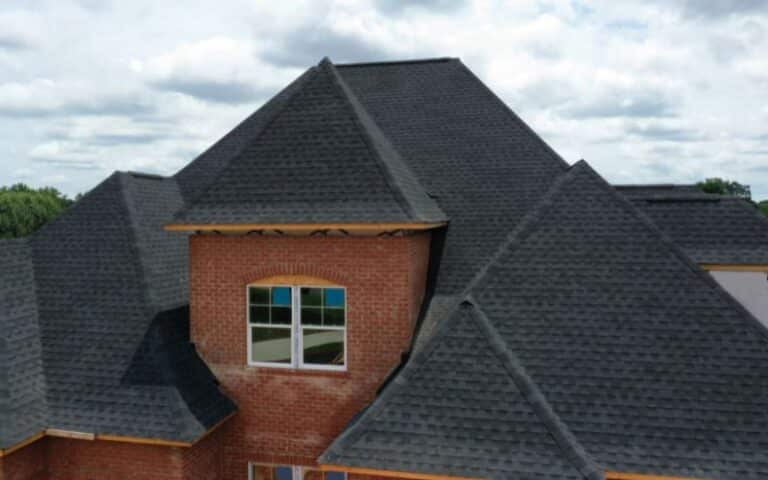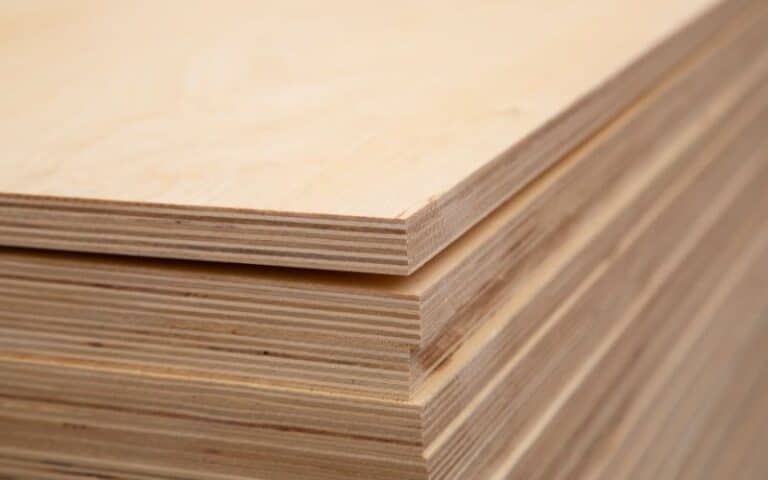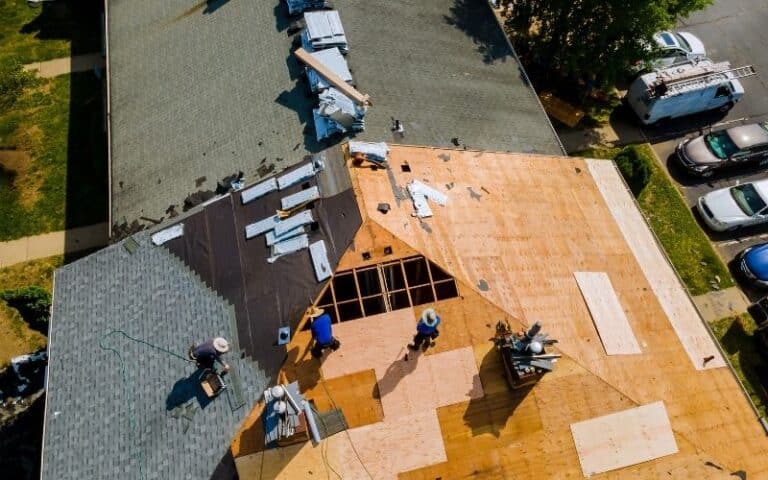A TPO roof is a class of roofing material consisting of a rubber layer. Roofing constructors recommend this roofing material because of its strength and capacity to hold out against severe weather conditions.
TPO, which is thermoplastic polyolefin, is a roofing material with a characteristic single bend.
So, maintenance is essential to ensuring that this roof remains in the best condition. However, there are questions on how to maintain this type of roof.
And that is what this article talks about.
To maintain TPO RV roofs, you should always inspect them for debris accumulation and scrub them off. Also, the flashings and seams are always in the best condition by fixing cracks and holes. Repairing punctures and holes as soon as they occur is another sure way of maintaining your TPO RV roof.
Ready for a Roofing Quiz?
How Do You Care For A TPO Camper Roof?

There is a tested system for maintaining TPO RV roofs, one of the most in-vogue roof types. And despite their strength and resilience, maintenance is still essential in sustaining their lifespan.
#1. Inspect For Debris And Keep Surface Clean
To maintain a TPO RV roof, you should regularly inspect for debris deposition and keep the roof surface perpetually clean.
Maintaining a thoroughly clean area of the roof can be a bit daunting; however, it is one of the most crucial ways of roof maintenance.
This debris can be several things such as dust, leaves, dirt, or tree branches. And as soon as you sight any of these, use a brush or broom to gather and clean them out.
#2. Critically Check the Flashings And Seams
When you’ve cleaned the surface of your roof, it is advisable to look at the roof’s flashings and seams. These are critical locations that are more prone to leakage.
Here, use sealants to fix holes or cracks if you notice any. However, it is not always advisable to use gape as a sealant because it doesn’t hold for long.
#3. Inspect The Drainage System
Next, inspect the drainage systems such as gutters, drains, or downspouts. Ensure that they are free of debris and are all working appropriately. You can employ a pro to help you fix them if you notice any discrepancies.
#4. Smear Protective Coatings to Your TPO RV Roofs
After fixing all the faulty areas, you should apply a protective over-layer to your TPO RV roof. This activity aids in immensely improving the lifespan of your roof.
Luckily, there are many coatings available to pick from. However, ensure to go for a coating that is exclusively meant for TPO roofs.
Also, always strive to apply the coating evenly by following the instructions on the product label.
#5. Fix Any Holes Or Punctures On The Roof
It is critical to fix all holes and punctures on your TPO RV roof as soon as you notice them. It is advisable to use a sealant to cover the holes before adding a protective coating over the layer.
Does TPO RV Roof Need Treatment?
Unlike most other roof types, TPO RV roofs do not need treatment. Experts have confirmed that just the regular debris removal and cleaning is enough to maintain the quality of this rubber roof coating.
Also, your RV roof has a protectant against ultraviolet light embedded into the material, so the manufacturers do not recommend any form of treatment.
Also, do not use products with petroleum distillates to clean your TPO RV roof. Instead, you should use a soft brush or nylon scrub and some oil soap to wash your roof when you have to.
So, do not mistake the TPO RV roof for an EPDM roofing membrane which requires some treatment and conditioning.
Many people purport that since both TPO RV roofing material and EPDM roofing membrane are made from a similar rubber material, you can treat them the same way.
However, this isn’t entirely true because certain materials you use on your EPDM roofing membrane would instead cause damage to TPO RV roofs.
In addition, avoid using sealer or 303 on your TPO RV roofs. This material creates an unwelcome level of slipperiness.
On the other hand, the lack of need for treatment is one significant advantage of these roofs.
How Long Does A TPO RV Roof Last?
A TPO RV roof lasts about ten to 20 years on an average scale. However, it begins to break down about five to ten years after installation, so you would need to fix some holes and leaks.
Nonetheless, this does not necessarily mean you should replace it at that; fixing the leaks and holes should take your roof for an additional five to ten years.
On the other hand, lack of maintenance cuts its lifespan to the barest minimum. There are several kinds of TPO roofing, with some being thicker than others.
This indicates that even this roof has some unevenness between them and doesn’t necessarily share the exact lifespan. But still, your roof should always bear a layer of laminate material.
This laminate improves its lifespan by protecting the layer of rubber from swiftly developing cracks. This occurrence is more likely if your roof’s seams are spacious, and this is due to the fragility the seams create.
So, while installing a TPO RV roof, there are always several options for setting it up. For instance, you could glue the rubber or weld them together; better still, you could fasten them together.
But all these choices influence the longevity of your roof’s duration of life.
How Do You Clean A TPO RV Roof?
Although a TPO RV roof does not require intense attention and treatment, you should clean it regularly for good reasons. Firstly, if the white color is maintained, white TPO RV roofs keep their anti-reflective characteristics.
So, cleaning is essential to preserving this color.
In addition, it is essential to clean your TPO RV roof to prevent the growth of algae. This works by depleting their food sources such as debris and tree branches.
Before starting your cleaning operation, always cover base flashings, low curbs, and any other water entry point. Also, protect your flowers or trees from the washing mixtures you’ll be spraying on your roof.
Now, use a low-pressure power washer with about 2100 psi to clean and rinse off the dirt layer on top of your TPO RV roof. Then, use a mild cleaning agent to aid the process in the following water flush.
Next, use the detergent and a soft brush or a floor broom with a long handle to wash the roof’s surface. Do this softly to prevent damage and avoid making holes in the TPO roofing.
Finally, rinse the washing mixture from the roof using a low-pressure power washer. Then, assess the top of your TPO roofing to check for any damage that may have occurred.
Look out for broken membranes, cut flashings, and ousted seams; fix any damage immediately.
Pros And Cons Of TPO RV Roofs
Although TPO RV roofs are highly advantageous, they are also a few downsides. But, before you decide to pick them, you should always consider the two.
#1. Advantages Of TPO RV Roofs
- Reasonable cost
- Flexibility
- Ease of maintenance
- Easy installation
- Helps save energy
#2. Downsides Of TPO RV Roofs
- Newness to the market
- Significant differences in quality
- Seams
- Laminated tops
- Disparities in thickness
Conclusion
TPO RV roofs are the most easy-to-maintain roof types in the market. With no requirements for treatment, you only need to clean these roofs regularly, fix any holes, and you’re good to go.
However, its significant-quality variation and other factors pose several disadvantages.






